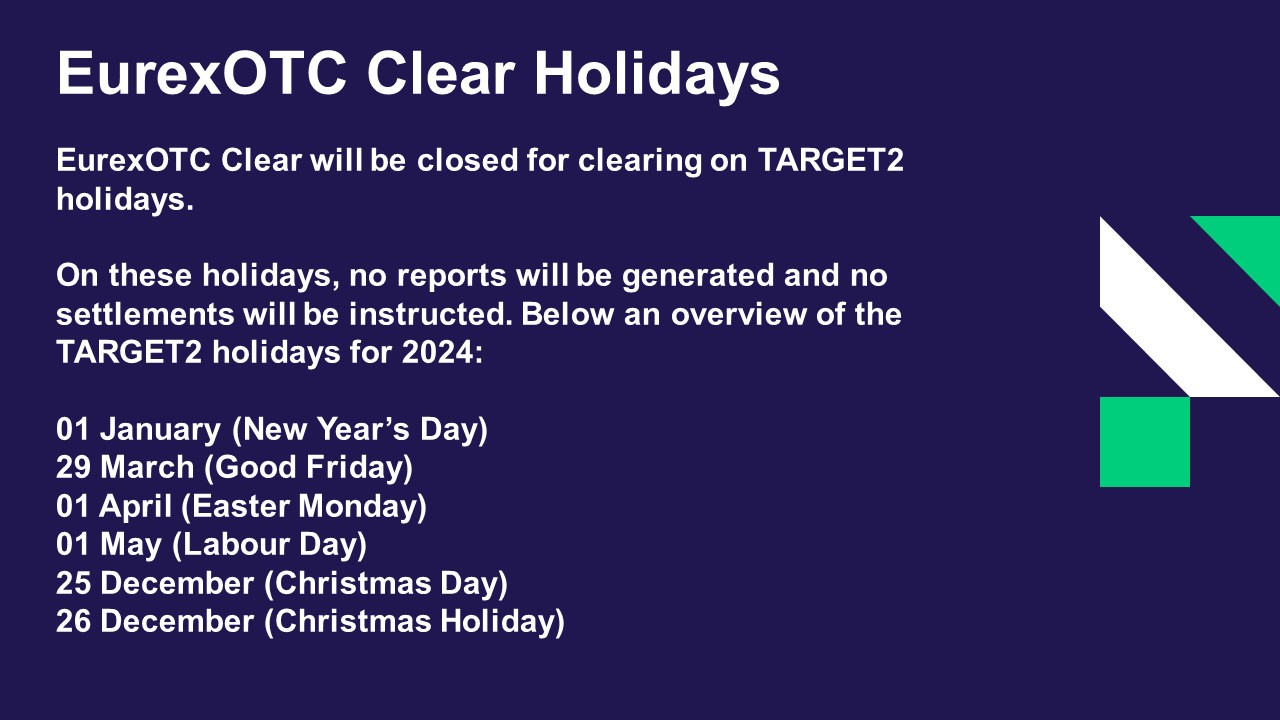Based on three new MSCI Dividend Point Indexes – the MSCI EM Dividend Point Index, the MSCI EAFE Dividend Point Index and the MSCI World Dividend Point Index –, Eurex has launched derivatives futures that enable market participants to hedge their dividend exposure around the globe. Joseph Nehorai, Managing Director and Global Head of Futures Execution at Goldman Sachs, gave us his points of view on the new products.
What market needs - not being addressed at the moment - will the new MSCI Derivatives Futures fulfil?
Dividends have become an asset class in their own right, bridging the gap between Equity and Fixed Income, and providing clients a finer tool to express their economic views. Dividend products were initially focused around the European region (where structured product issuance is high) but as clients have explored the space and built analytic sophistication, they have grown an appetite to access dividends in other markets. The new MSCI products facilitate this demand that otherwise (today) is left unfilled.
What are your main strategies to promote them and what do you recommend to clients?
Goldman Sachs as a house has been writing about dividends for over a decade (see Mueller-Glissmann, Manley; Financial Analysts Journal; Volume 64 • Number 3; 2008, CFA Institute) and have long seen them as an asset class in their own right. Similarly, Lorenzo Longo’s presence (and Riccardo Riboldi’s upcoming presence!) on EUREX videos is another testament to this commitment. Typically, we explore strategies where clients take a long exposure to dividends, either outright as a “beta replacement” (i.e. reducing outright market exposure to replace with dividends) or market-hedged with some short futures paired. Particularly at the beginning of the life of these products we will be focusing on these strategies, as we expect contracts to trade at a discount to fundamental estimates given the structured product issuance that put pressure on MSCI dividends.
How do you counteract the argument around ‘lack of liquidity’ in these products in their early days?
With any new product there will certainly be a relatively lack of liquidity initially, but this is expected to grow quickly. Liquidity growth will be supported by the abundant liquidity in other MSCI products (looking at MSCI EM, arguably the least liquid of the exposures to be launched, the US $ open interest/AuM across Futures and ETFs stands above $242bn) in addition to the liquidity and volumes in the existing DM (STOXX) Dividend Suite.
Generally speaking, a new product will always come with some lead time for on-screen liquidity to pick up – but block liquidity in these dividend futures will be provided from the outset thanks to outstanding risks deriving from existing businesses and their ability to market make against other products and assets.
What can Eurex do to ensure better traction in these products with the buy side?
Ensure there is Bloomberg visibility both into the index and the future. Bloomberg is the window by which the majority of our clients view the world. In addition, in a world where fees are being squeezed across the board, having high margin requirements will be difficult for some clients. Moving MSCI Dividends into the same risk bucket as other equity derivatives such that margin offsets (from a reduced portfolio risk).



